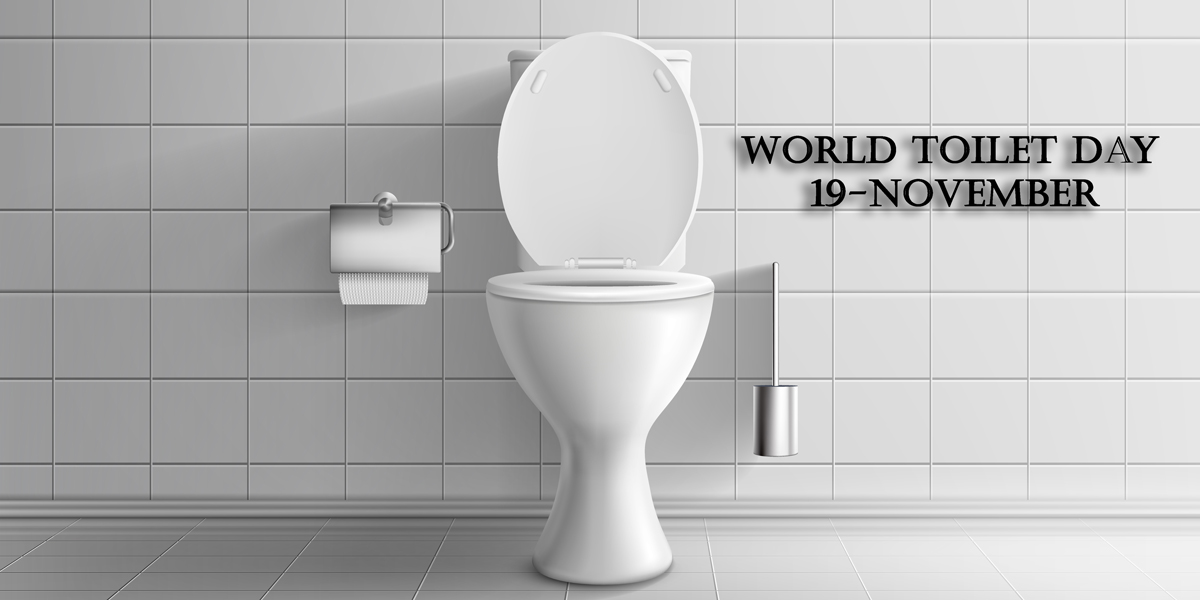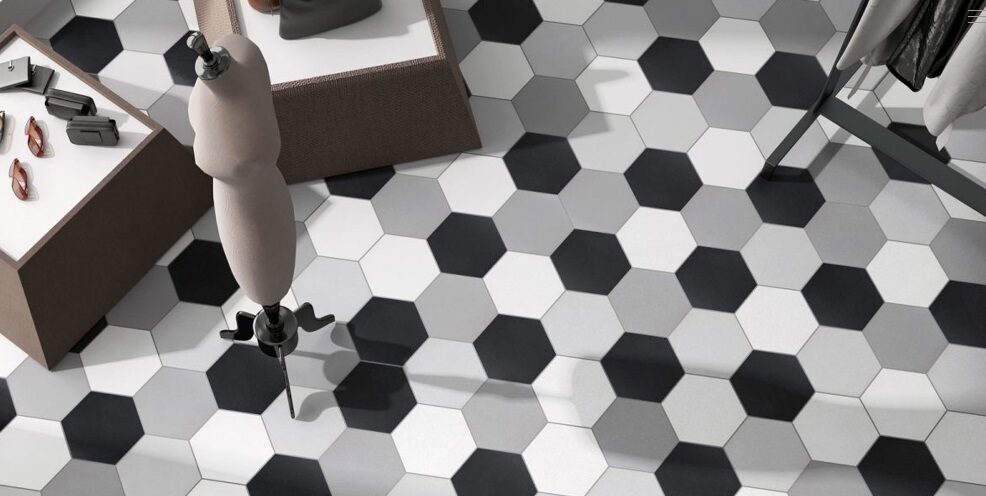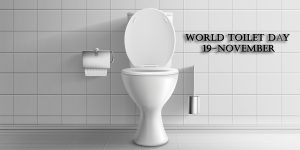When we talk about bathroom fixtures and fittings, Jaquar is...
Read MoreBlog

Sanitation in India
The safe management of sanitary conditions in families is dependent largely on bathroom adapting new technologies and the space available for on-site containers. Adequate sanitation techniques include twin leeching pits, eco scans, bio-toilets, and septic systems with drench pits. The primary reason for poor sanitation in India was a lack of sufficient and suitable toilet facilities. Heretofore, only 32.7 % of its rural families had toilet facilities. This estimate now has risen to 98.8 %, with 92 million newly built washrooms covering the vast majority of remote regions. SBM, on the other hand, urged the construction of twin-leach sanitation facilities. These latrines are built with low-cost sanitary new tech, are simple to construct, and utilize a simplified on-site primary treatment that can properly deal with excrements if made properly. Even so, due to poor building projects of restroom structural components and inaccurate architecture alteration, which lessens toilet efficacy, this innovation has indicates that customer? The first legitimate activity for stakeholders must be to prioritize domestic sanitary conditions on India’s growth agenda.
This could appear to be an inevitable truth, and one might make the argument that it has actually occurred, at least on a large basis. The Indian government obviously recognizes the significance of appropriate for this project sanitary conditions and has backed this dedication with increased funding. Free Open Defecation Nonetheless, roughly half of the rural dwellers (52.1%) defecates in public. Lack of a piped water supply, poor building of toilet structural components, and public misperception about restroom use continue to be major obstacles in achieving India’s sanitary objective. Sewage disposal desired behavior and improvements in bathroom facilities should be favored to make sure use of built restrooms and, ultimately, speed up widespread sanitation access and encounter SDGs.
Moreover, these Indian public toilets are undergoing a radical shift. Bathrooms have evolved from just being merely a room with just few spigots and tubs to taking center stage in the majority of home models. This is no longer socially acceptable to describe a bathroom as having brick quarters and a ceiling. Bathrooms have evolved into an extending of their shareholders’ personalities. Its architecture and interior decorating convey a story. Items in Indian public toilets have also altered. Vibrantly colored plastic tubs and simple metal swipes have given way to lavish hot tubs and one-of-a-kind multi-function shower rooms. The wellness faucet is gradually being introduced into Indian restrooms and around the world. Bathroom health taps, also known as jet sprays, are essential for ensuring hygiene in your restroom.
It’s a gadget with a shower head that sprays a steady jet of water. They improve the appearance and cleanliness of your restroom. Those who are simple to clean and aid in maintaining hygienic practices. As people give up conventional methods of having to clean themself, wellness taps are becoming increasingly common in Indian homes. For most families, they are now one of the most trustable alternative solutions. This shift is due to numerous benefits offered by health water taps.
Hygienic practices
The biggest benefit of health water taps is their cleanliness component. Toilet roll still makes us feel unsanitary and uncomfortable at points of time. Using long-lasting, powder – coated wellness water taps will assist you in maintaining basic hygiene as well as keep your room tidy. It has a good grip and resists moisture deposit accounts. UPVC health taps are unsightly and will not break down faster.
Simple to use and secure
Health taps are simple to be using. There is no learning experience to contend with. They also are completely safe to use than conventional methods because all cleaning is performed with the force of the water. Health taps include a controller for regulating the speed of a liquid from the nozzle. After a while, utilizing health nozzles would become part of the routine.
Simple to set up
One of most significant benefits of bathroom health water taps is their ease of setup. Because health taps are small and light and have a simple working method, they are simple to install: no emergency plumbing fees, no chaos to clean it up after setup.
Environmentally friendly
Flushable paper costs add up over time, and you and the environment pay for it. Unlike toilet roll, health taps are an easy purchase. They are simple to install, necessitate little upkeep and are very seldom damaged. A faucet will last a long time, also with Sams Ceramics and Bath Fixtures’ unrivaled customer support to back it up, you are making investments in a sanitary ware good and service that the Ground will praise you for.
Plumbing problem resolution
Utilizing health water taps can dramatically reduce ones plumbing issues. Toilet paper frequently causes clogged up and necessitates the services of a construction worker to safely unblock it. This will cost money. Faucets are inexpensive and never cause drainage channels or other piping issues. A win-win situation for the buyer.
Health taps as health maintaining assistants
Many conventional means entail the use of arms and legs, which really is unsanitary as a whole and can result in skin problems and inappropriate cleanup, leaving you in tricky situations in public areas. Bathroom health bridge faucet aid in non-contact cleanup, preserving you nutritious and decrease the possibility of infectious disease and itchy skin.
Incredibly low cost
Overall, bathroom wellness taps are not costly. The health faucet prices are more inexpensive. The complete line of bathroom vanity has been competitively priced without sacrificing merchandise quality or performance.
Final verdict
In India today, diseases that are caused by unclean wastewater and unsanitary defecation impact society not only through causing a health crisis, but also by affecting women and children. Two problems that may help stop India from fully incorporating sanitary conditions into remote regions are restricted sewerage processes and a shortage of water protection and conservation processes. Luckily, the Indian govt’s advertisements keep sanitary conditions at the pinnacle of the country’s priority list. The vulnerabilities might well overshadow the progress India has chosen to make in publicly releasing sanitation facilities. Moreover, invest heavily in training and information advertisements to make sure that people be aware of safe hygienic practices.
Popular Posts:-
Recent Posts:-
-
Explore the World of Jaquar Faucets at SAMS Ceramics and Bath Fixtures
-
Introducing the New Era of Luxury Bathing in Bangalore: Sams Ceramics & Bath Fixtures Partners with Jaquar
-
Creative Bathroom Flooring Ideas for a Stylish Makeover
-
Sanitation in India
-
Buy Designer Wall & Floor Tiles in Bangalore only at SAMS.
YOU MIGHT ALSO LIKE
Explore the World of Jaquar Faucets at SAMS Ceramics and Bath Fixtures
When we talk about bathroom fixtures and fittings, Jaquar is...
Read MoreIntroducing the New Era of Luxury Bathing in Bangalore: Sams Ceramics & Bath Fixtures Partners with Jaquar
If you have been searching ‘Jaquar sanitary near me’. Pause...
Read MoreCreative Bathroom Flooring Ideas for a Stylish Makeover
Creative Bathroom Flooring Ideas for a Stylish Makeover When it...
Read MoreSanitation in India
Sanitation in India The safe management of sanitary conditions in...
Read More



